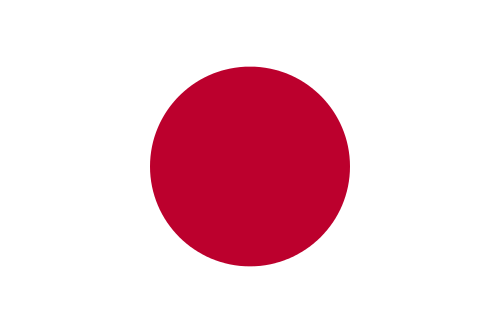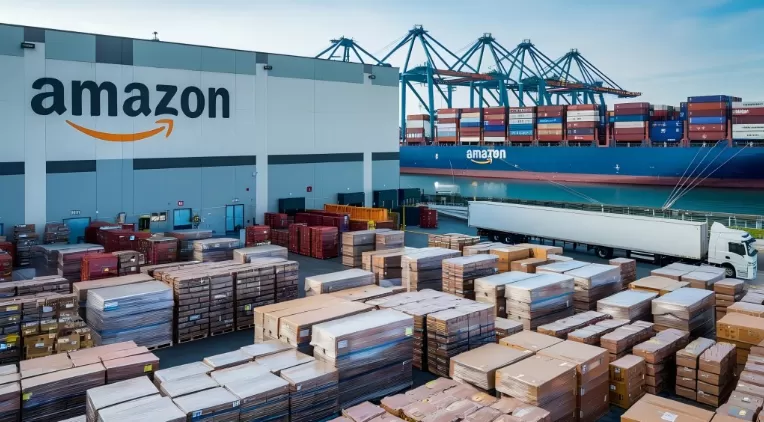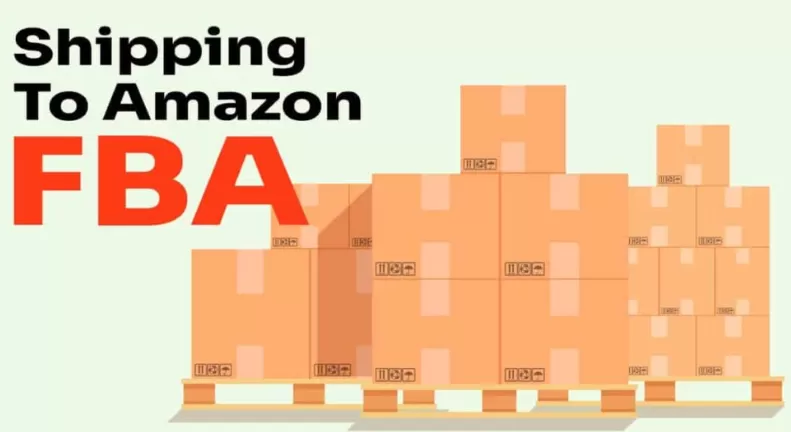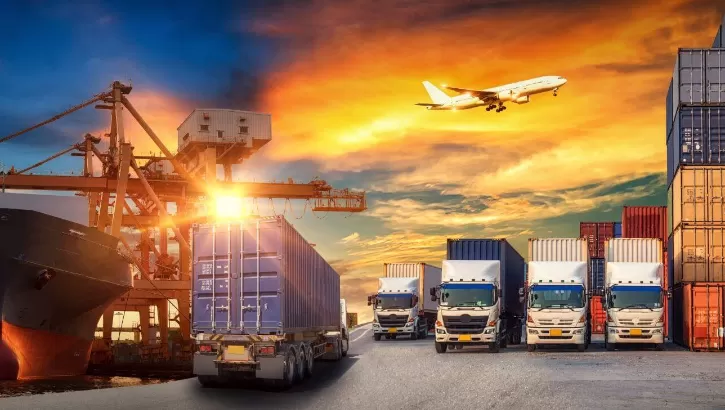Getting inventory into Amazon FBA in Canada shouldn’t be a rollout of guesswork and surprise fees. This guide to Canada FBA freight forwarder walks you through the decisions that actually matter — transit-time tradeoffs, a line-item landed-cost breakdown, CARM/BN compliance traps, port-by-port routing, and an RFQ template you can send to providers today. Read on for hard, operational steps and real examples so you can compare quotes, avoid Amazon rejections, and lower your total landed cost.
Quick answer (Destaques)
Best starting point: If you want predictable landed cost and fewer surprises, hire a Canada-experienced FBA freight forwarder that provides price breakdowns, customs brokerage, and FBA appointment handling.
Typical transit times (examples): ocean China→Vancouver 30–40 days; air freight 5–10 days; express 1–3 days —ranges vary by route and season.
Compliance hotpoint: register or delegate access in the CBSA CARM Client Portal (importers and brokers must be CARM-ready). Not doing so creates delays and possible holds.
Table of contents
One-page decision matrix — which transport for which seller
Step-by-step inbound workflow (Before → In transit → Arrival → FBA appointment)
Transport modes: deep comparison (sea / air / express / sea+truck / sea-cartage)
Landed-cost breakdown + two concrete worked examples
Canada compliance: BN, CARM, GST/HST, importer responsibilities
Route & port strategy (when to use YVR / YYZ / YUL / Halifax)
How to vet & compare forwarders (RFQ checklist + comparison table)
Case studies (route optimization + an FBA rescue)
FAQ (practical short answers)
1.One-page decision matrix — which transport for which seller
Use this table to decide quickly. (If you’re price-sensitive, start with the landed-cost examples in section 4.)
| Seller profile |
Typical shipment |
Recommended mode |
Why / watchouts |
| New/Small (test SKUs, <300 kg) |
Small cartons |
Air Express or Air freight (consolidated) |
Low inventory risk, faster turn; watch unit cost & labeling. |
| Growing (monthly restock pallets) |
1–5 pallets |
LCL consolidation or small FCL |
Balance cost/time; enforce correct FBA labels and palletization. |
| Large (≥20ft container) |
Full container |
FCL ocean → drayage → FBA delivery |
Lowest $/unit; requires strong planning for appointments and customs. |
| Time-critical restock |
Urgent reorder |
Air freight / Express |
Higher cost but fastest; verify Amazon receiving windows and expedite paperwork. |
Use this rule of thumb: if product value / stock-out cost > freight premium, pick speed. Otherwise optimize for FCL/LCL and consolidation.
2.Step-by-step inbound workflow
Below is an operational checklist sellers and supply-chain teams can use as a SOP.
Before booking
Confirm Amazon FBA inbound destination (warehouse address + appointment rules).
Prepare commercial invoice and packing list; include HS codes, net/gross weights, and CBM.
Generate FBA box IDs and carton labels exactly per Seller Central rules — wrong labels = refusal.
Decide labeling method: seller-label, manufacturer-label, or paid FBA label service (if eligible).
Booking & documentation
Book carriage with a forwarder that: (a) offers customs brokerage or integrates with a broker; (b) handles drayage and appointment for FBA; (c) provides transparent charge breakdown.
Share packing list, invoice, FBA shipment ID, and consignee details with forwarder and broker.
In transit
Track at least weekly; confirm ETD/ETA and container status.
For LCL consolidate: confirm stuffing photos, seal numbers, and pallet integrity.
Arrival & delivery to Amazon
Forwarder handles customs clearance (if contracted). Ensure broker posts required CARM declarations or importer information.
Forwarder arranges drayage, warehouse receiving, and FBA appointment. Confirm appointment windows and pallet requirements with the forwarder; many docks require pallet labels + advance notice.
If Amazon rejects a shipment
Have a contingency: return to shipper, redirect to local prep center, or request Amazon disposition. Know who pays for return—negotiate this in RFC.
3.Transport modes
Ocean (FCL / LCL)
When: Cost-sensitive, not time-critical, shipments > ~500 kg.
Practicals: FCL gives lowest unit cost; LCL adds consolidation fees, terminal handling charges (THC), and often longer dwell time. Ask forwarder for a per-CBM LCL landed cost breakdown (not just $/CBM).
Air freight
When: Higher value, moderate urgency. Calculate by chargeable weight (kg vs volumetric). For boxes with high volume/low weight, volumetric pricing often applies—use actual dims to compute CBM→kg.
Practicals: Choose consol (air cargo consolidators) for smaller loads; expect pickup to door in 5–10 business days typical.
When: Urgent samples, small high-value SKUs, or when Amazon receiving windows are imminently closing.
Practicals: Convenient but expensive. Check customs clearance inclusions and whether courier will handle Amazon appointments.
When: Ship ocean to a nearby port then truck to inland FBA facility — useful for balancing cost and transit time for certain inland destinations.
Practicals: Watch port choice vs drayage costs and cross-border mileage.
Transit time examples (illustrative ranges): express 1–3 days; air 5–10 days; ocean 20–45+ days depending on route and service. Use these as planning bands, not guarantees.
4.Landed-cost breakdown + two worked examples
Landed cost = product cost + international freight + origin fees + customs duties/taxes + destination fees + insurance + local delivery + handling (FBA prep/label) + overhead. Trusted references follow the same components.
Components (practical notes)
Product cost: FOB/CIF terms matter — FOB means buyer pays international freight.
International freight: quoted per FCL container, per CBM (LCL), per kg (air). Always confirm INCOTERMS.
Origin charges: local trucking, booking, documentation, export customs (if applicable).
Duties & taxes: depends on HS code; duties paid at import; GST/HST applied per province. Use customs broker to pre-estimate.
Destination services: terminal handling charge, customs broker fee, ISF/CARM fees, drayage, delivery to FBA and appointment fee.
Insurance: recommended for inventory (Institute Cargo Clauses or equivalent).
Worked example A — small-value SKU (sample, estimates only)
Product value: US$5 / unit × 1,000 units = $5,000
Air freight (consol): $1,200
Origin handling & docs: $250
Duties (example HS, 2%): $100
GST (5% on value+freight+duty): ~$320
Destination handling + drayage + appointment: $600
Insurance: $80
Estimated landed cost = $7,550 → unit landed cost ≈ $7.55
(Real HS, rates, and broker fees change numbers—use this template to compute.)
Worked example B — pallet / LCL (low unit value, volume)
Product value: $50,000 total (bulk)
Ocean LCL share: $900 (illustrative, depends on CBM)
Origin/packing: $500
Duties/taxes: depends on tariff; example 5% duty = $2,500
Destination service & drayage: $1,200
Insurance: $300
Estimated landed cost = ~$55,400 → unit cost depends on SKU count.
Action: Always ask forwarders for a line-item landed cost for your SKU (not a lump sum). If a forwarder resists breaking out costs, treat that as a red flag.
5.Canada compliance — BN, CARM, GST/HST, and importer responsibilities
CARM (CBSA Assessment and Revenue Management) is the Canadian modernization program for duties and taxes. Importers/brokers must register or be represented and use the CARM Client Portal for declarations and financial security as required. Failure to comply triggers delays and holds.
Key compliance points
Business Number (BN): importers typically need a BN; non-resident sellers often must appoint a Canadian importer of record or use a broker to act on their behalf.
CARM registration: importers or delegated brokers must be CARM-ready; check deadlines and security posting rules per CBSA guidance.
GST/HST: import taxes/fees apply on imports and differ by province; include GST in landed cost modeling.
Documentation: commercial invoice must include HS code, country of origin, value, and BN (if available).
Tip for non-resident sellers: work with a forwarder that integrates with a customs broker and can delegate CARM access—this prevents shipment holds and lets your broker file timely declarations.
6.Route & port strategy: when to use YVR / YYZ / YUL / Halifax
Principles
West coast (Vancouver — YVR): best for goods from Asia (shortest ocean miles, lower ocean transit); good for BC & Western Canada distribution.
East coast (Montreal — YUL / Halifax): faster inland access to Ontario/Quebec vs West coast when using all-water via East Coast (via Panama or transshipment); sometimes cheaper for East-bound inland destinations due to shorter drayage.
Ontario (Toronto area — YYZ NYNJ via all-water + drayage): for some routes, routing through NY/NJ plus rail/drayage into Ontario can be cost-effective—consider cross-border logistics.
Halifax: occasionally competitive for consolidated LCL import to Eastern Canada, especially off-season or certain carrier loops.
How to choose
Compare total landed cost (port fees + inland drayage + transit time), not just ocean rates.
Factor appointment complexity: some FBA warehouses near major ports have stricter receiving windows and pallet standards—confirm forwarder’s experience delivering to your specific FBA node.
7.How to vet & compare forwarders — RFQ checklist + comparison table
Core vetting questions to ask (RFQ template highlights)
Are you experienced delivering to Amazon FBA in Canada? Provide examples (FBA node names).
Are you an Amazon SPN approved provider or do you work with SPN partners? (SPN is Amazon’s vetted provider directory.)
Provide line-item quote: ocean/air freight, origin charges, export docs, customs brokerage, duties estimate, destination handling, drayage, delivery to FBA, appointment fee, insurance.
Who is importer of record? If non-resident, can you act as IOR or nominate a customs broker?
Do you handle FBA appointments and carton/pallet labeling? Is that included or extra?
Sample SLA for delays/pallet damage and claims process.
References or case studies for Canada FBA deliveries.
Comparison table (what to score)
| Criterion |
Weight |
Notes |
| FBA experience & SPN status |
25% |
Direct experience with your destination FBA node matters. |
| Price transparency & line-item quotes |
20% |
Must include landed cost components. |
| Customs capability / CARM readiness |
20% |
Broker access and experience reduce holds. |
| Lead time reliability & tracking |
15% |
Real tracking + weekly updates. |
| Value-added services (prep/label/insurance) |
10% |
In-country prep centers reduce Amazon rejects. |
| References & insurance limits |
10% |
Ask for certificate of insurance and client references. |
Red flags: vague quotes, unwillingness to split cost lines, no CARM/broker competence, no FBA appointment experience.
8.Case studies
Case: China → Vancouver — 20% cost saving via consolidation
A mid-sized seller consolidated two manufacturers’ LCL shipments into one FCL, reduced per-unit ocean rate and terminal fees, and scheduled a single drayage + appointment — saved ~20% vs separate LCL shipments. Key-takeaway: bundle SKUs where possible; plan inventory cadence.
Case: Amazon rejected prep — rescue path
Seller had missing FBA box IDs on arrival. Forwarder reworked pallets at local prep center (labeling, repacking), paid by seller; lesson — verify labeling method and require stuffing photos before sailing.
9.FAQ
Do I need a Canadian company to ship to Amazon FBA?
No — non-resident sellers can ship, but you must appoint an importer of record (IOR) or use a broker/forwarder to act on your behalf. Confirm who pays duties and who is the IOR in writing.
What is CARM and do I need to register?
CARM is CBSA’s system for import declarations and revenue management. Importers and brokers must be CARM-ready; many forwarders/brokers will file on your behalf but you should confirm delegation or registration.
How do I label cartons for Amazon Canada?
Use Amazon’s FBA box ID labels and follow Seller Central’s shipment label guidance exactly—incorrect labels cause rejection.
Is LCL cheaper than FCL?
LCL is cheaper for small volumes but has more per-unit handling fees; FCL wins on unit cost once you reach container-worth of goods. Compare total landed cost, not just ocean rate.
How long does ocean freight take from Shanghai to Vancouver?
Typical band is ~30–40 days for full ocean transit depending on route and carrier; use these as planning bands and confirm with forwarder.
Will my forwarder make the FBA appointment?
Many experienced Canada FBA forwarders include appointment handling, but confirm whether it’s included or a separate fee.
What should a quote include?
Line items: freight, origin handling, export docs, customs duty estimate, GST/HST estimate, destination handling, drayage, insurance, appointment fee, and any prep/labeling charges.
What is Amazon SPN and does it matter?
SPN is Amazon’s vetted provider network. SPN providers have Amazon-facing experience; SPN status is a positive trust signal but not the only criterion.
How to insure FBA shipments?
Buy cargo insurance covering total value; check policy exclusions (e.g., delay vs physical loss). Get certificate and include insurer contact in claims process.
Who pays for returns or rejections?
Contractually clarify in RFQ: often seller pays for corrective action; negotiate responsibilities for mislabeling or carrier errors.
Explore Our Global Shipping Guides
While this guide focuses on shipping to the UK, we have comprehensive resources for other major logistics corridors and markets:
United States: Your Complete Guide to Amazon FBA Shipping from China to the US
European Union: Top FBA Freight Forwarders for European Markets
Key Logistics Hubs: Detailed insights for New York, Los Angeles, and Chicago
United Kingdom: How to Ship to Birmingham for Affordable Amazon FBA
Logistics Fundamentals: Understanding the Differences Between 1PL, 2PL, 3PL, and 4PL
Compare All Options
Each destination offers unique advantages depending on your cargo type, volume, and final distribution needs. Explore our detailed guides for Baltimore, Miami, and other major global hubs to develop an optimal logistics strategy.

 EN
EN
 FR
FR
 ES
ES
 JA
JA
 PT
PT
 RU
RU
 AR
AR







